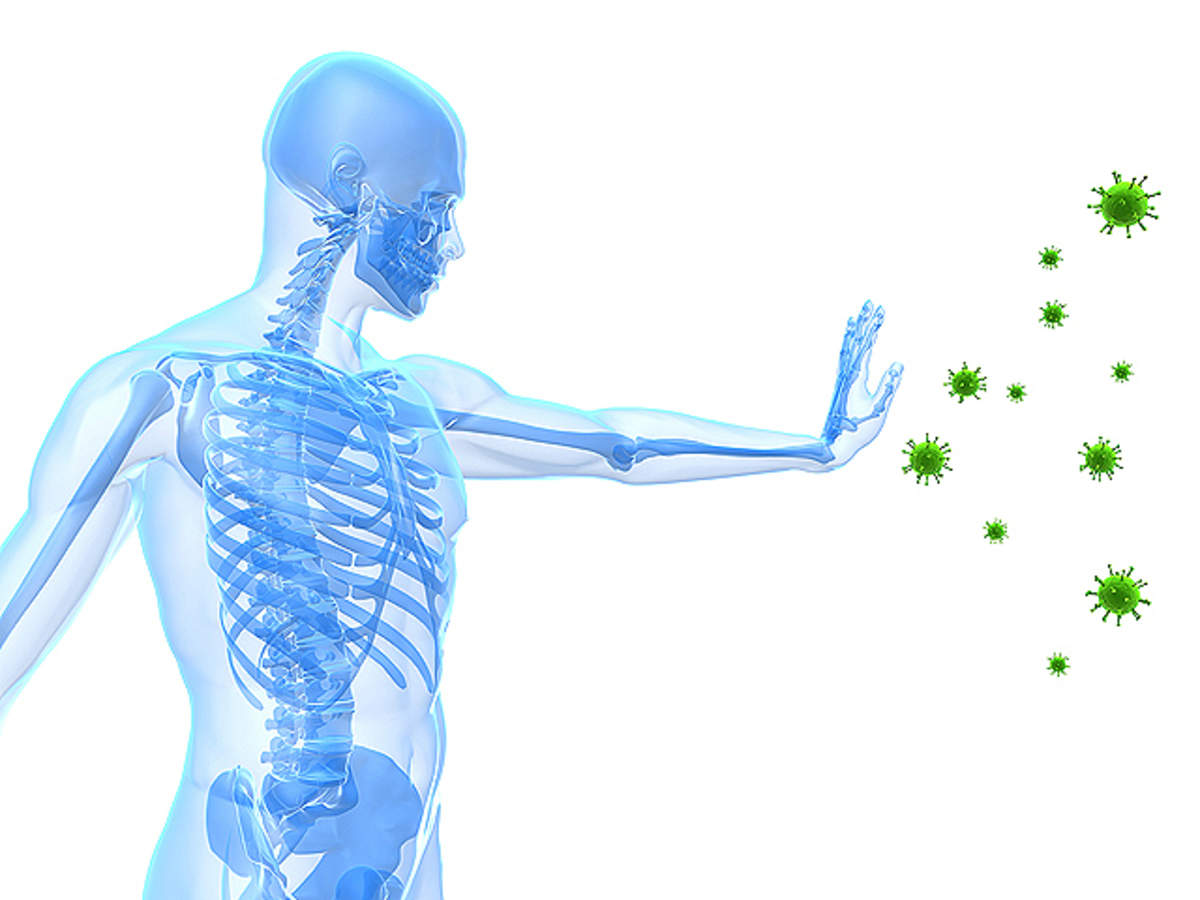Guillain-Barré Syndrome
Peru has recently declared a state of national emergency in response to a significant increase in Guillain-Barré syndrome (GBS) cases. GBS is a rare neurological disorder in which the immune system mistakenly attacks the peripheral nervous system, leading to potential paralysis. This alarming increase in cases necessitated immediate action to safeguard public health.
Duration of the Sanitary Emergency
Peru’s state of national emergency for GBS lasts for a period of 90 days. This timeframe allows authorities to implement and execute measures to control the spread of the syndrome, mitigate its impact, and protect the well-being of the population.
Reported Cases Across Departments
At least 18 departments in Peru have reported one or more cases of Guillain-Barré syndrome. This widespread occurrence underscores the urgency of the situation and the need for a coordinated response to address the syndrome’s impact on public health.
Concerns for Health Services
The surge in GBS cases has raised concerns about the strain it places on health services. The increased caseload negatively affects the continuity of healthcare services due to insufficient resources to handle the volume and complexity of cases. This strain on the healthcare system necessitates proactive measures to ensure adequate care for affected individuals.
Allocated Budget and Action Plan
Peru has outlined an action plan to address the surge in GBS cases, accompanied by a budget of 12.12 million soles. The plan aims to enhance patient care in healthcare facilities, reinforce case control measures, and develop informative materials for the population and health personnel. This allocation underscores the commitment to combatting the syndrome and mitigating its impact on public health.
Challenges and Therapy Options
While there is no known cure for Guillain-Barré syndrome, various therapies can help alleviate its severity and expedite recovery. Treatment focuses on managing the complications associated with the syndrome. Prompt diagnosis, proper medical interventions, and supportive care contribute to improved outcomes for affected individuals.
Month: Current Affairs - July, 2023
Category: Science & Technology Current Affairs


